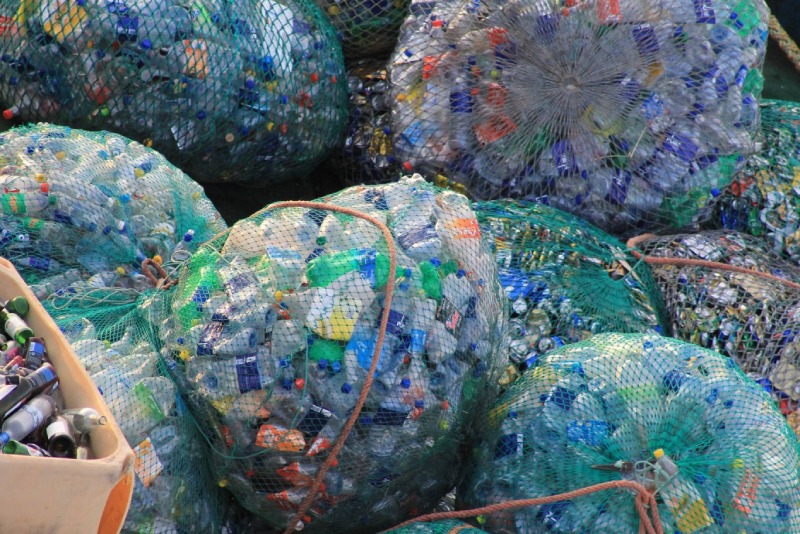Generally speaking, plastics are derived from non-renewable petrochemical resources. The synthesis process is mature, large-scale, and cost-effective, with a wide range of applications and continuously increasing production. The common production cycle for plastic products involves polymers transforming from raw materials through the production process into products, which are then gradually converted into solid waste plastics after use.

However, with the increase in plastic production and application, the generation of plastic waste shows a year-by-year growth trend. Waste plastic, due to its difficulty in natural degradation, has become a troublesome environmental issue, and the recycling and utilization of waste plastic is a subject that the whole world must face today. With the development of society and the advancement of technology, waste plastic recycling and utilization technologies are also continuously innovating. From the practice of waste plastic material recycling in the European Union, Japan, and other countries and regions, waste plastics with better resource value, such as engineering plastics and rigid packaging plastics like hollow bottles, can be basically recycled and utilized well through physical methods. In contrast, low-value waste plastics, such as soft packaging and film bags, which account for about 46% of plastic production, are generally disposed of by incineration or landfilling.
In the face of these waste plastics primarily dealt with through incineration and landfilling, the birth of plastic chemical recycling technology has opened up a new line of thought and provided a new method.
Plastic chemical recycling refers to the process of converting waste plastics into new high-value products or fuels through chemical reactions, achieving a molecular-level recycling of waste plastics, commonly known as “plastics to oil.” The biggest advantage of this method is its strong applicability to various types of waste plastic products. Traditional physical recycling can only recover single and clean plastic products, while chemical recycling can handle both single or mixed plastics such as PP, PE, PS, as well as complex, low-value, and contaminated waste plastic products that physical recycling cannot accommodate. This significantly expands the scope and breadth of raw materials for waste plastic recycling and utilization, making it applicable to various types of plastics, including industrial waste plastics, agricultural waste plastics, and domestic waste plastics.
China’s Niutech specializes in pyrolysis technology, and the company has independently developed a “continuous industrial waste plastic pyrolysis production line” with full intellectual property rights, also known as the pyrolysis machine. It can transform various low-value, mixed, and contaminated waste plastics into pyrolysis oil and solid fuels. The pyrolysis oil can be directly used as fuel oil or feedstock oil for refineries, and it can also serve as a regenerated fossil raw material for the production of new plastic products or synthetic resins. Non-condensable gases can provide energy for the pyrolysis of plastics and can also be used for power generation or other energy supplies. The solid products can be used as fuels. This set of equipment has a raw material pyrolysis rate higher than 99%, maximizing the comprehensive utilization of waste plastics as resources.
In this process, plastic pyrolysis oil can be refined into high-quality chemical raw materials and used in the manufacture of new plastics, achieving true chemical recycling of waste plastics.
Currently, this technology has been successfully implemented in large-scale industrial projects in Denmark, Thailand, South Korea, and China, providing a replicable and scalable industrial application model for addressing plastic pollution and converting waste into energy.
